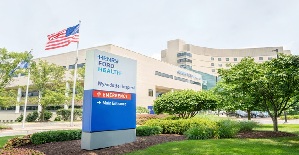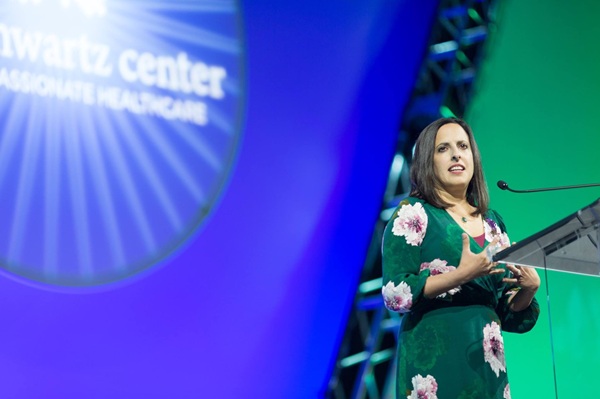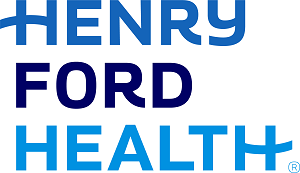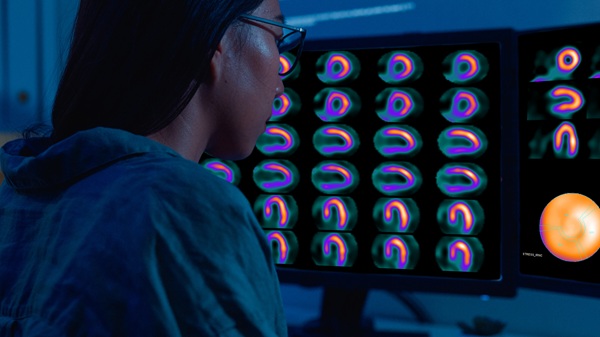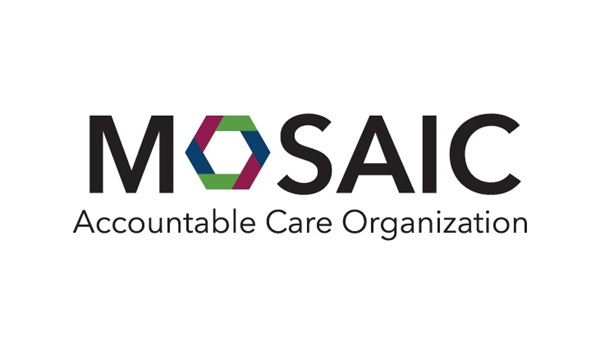Henry Ford Hospital Study Shows 3D Imaging Improves Fixing Broken Hearts
FOR IMMEDIATE RELEASE
DETROIT – A Henry Ford Hospital study found a 100% success rate in a particular heart procedure when 3D imaging was used instead of traditional 2D imaging, the Journal of American College of Cardiology has reported.
When 3D imaging is used, the procedure also boasts a zero percent complication rate compared to a national average of 16.3% rate of serious complications in previous clinical trials using 2D imaging, according to the study led by Henry Ford Hospital cardiologist Dee Dee Wang, M.D.
The study was published Nov. 21 online in JACC: Cardiovascular Interventions, a publication of the American College of Cardiology Foundation. It looked at the implantation of a left atrial appendage (LAA) closure device, a procedure that lowers the risk of stroke in patients with atrial fibrillation. Dr. Wang and the team at the Henry Ford Center for Structural Heart Disease also found 3D imaging decreased the length of the LAA procedure by 34 minutes, which allows for quicker patient recovery and decreases complications.
“These results show just how impactful advanced 3D imaging is to medicine,” says Dr. Wang, who was recently named Medical Director of 3D Printing at the Henry Ford Innovation Institute. “The pre-planning results in fewer last-minute decisions, less contrast usage, and less catheter movement inside the heart, thereby minimizing the risk of complications. This is the ultimate in personalizing care for our patients.”
Atrial fibrillation is the most common cardiac arrhythmia, currently affecting more than five million Americans. Researchers believe 20 percent of all strokes occur in patients with atrial fibrillation. Symptoms include irregular and rapid heartbeat; heart palpitations or rapid thumping inside the chest; dizziness, sweating and chest pain or pressure; shortness of breath or anxiety; tiring more easily when exercising, and fainting.
Cardiologists typically diagnose atrial fibrillation with an electrocardiogram (ECG) and use various drugs including blood thinners to treat the condition. The condition – misfiring by the electrical impulses in the upper chambers of the heart – affects how the heart beats and the flow of blood through the body. Due to the irregular and chaotic rhythm, blood can pool, forming clots in a small pouch off the side of the heart, called the left atrial appendage (LAA). That raises the risk of stroke five times higher in people with atrial fibrillation, according to the American Heart Association.
The most common treatment to reduce stroke risk in patients with atrial fibrillation is blood thinners. Despite the proven efficacy, long-term use of blood thinners is not well-tolerated by some patients and carries a significant risk for bleeding complications. Researchers say nearly half of atrial fibrillation patients eligible for blood thinners are currently untreated due to tolerance and adherence issues.
Approved by the FDA in 2015, the Watchman device closes off the left atrial appendage, dramatically reducing the risk of stroke and alleviating the need for blood thinners. In about an hour, doctors insert a catheter through a leg vein and into the heart, then open the Watchman device to seal off the left atrial appendage sack. Following the procedure, patients typically need to stay in the hospital for 24 hours. Most patients will be able to discontinue the use of blood thinners after 45 days.
Key to the procedure is anticipating the twists and turns of the heart to reach the LAA, then choosing the correct size Watchman device to seal the opening.
In the study between May 2015 and February 2016, the Henry Ford Center for Structural Heart Disease team implanted the Watchman in 53 patients. All patients underwent pre-procedural CT imaging of the LAA, followed by intraprocedural echocardiographic characterization and guidance with 2D and 3D TEE imaging.
In a previous national study, cardiologists using 2D imaging to insert the Watchman used an average of two devices (1.8 devices per implantation attempt) as they tried to perfectly match the size of the device and the appendage’s opening. But when the Henry Ford cardiologists used 3D imaging in this most recent study, they were able to size the Watchman device accurately in nearly 100% of the procedures (1.245 devices per implantation attempt).
They Henry Ford team also found that they were able to help more patients qualify for this procedure with 3D imaging than 2D. By traditional 2D imaging, 10 of the 53 patients (18.9%) would have been turned down inappropriately for a procedure they could have benefitted from due to operator inability to fully visualize their anatomy.
“Using 3D imaging allows the doctor to ‘see’ into the heart,” explains Dr. Wang. “This is especially important when planning how to move through the left atrium, anticipating the complexity and size of a Left Atrial Appendage.”
Long-time pioneering cardiologist William W. O’Neill, director of the Center for Structural Heart Disease, said the study reinforces the importance advanced work being done at Henry Ford.
“We pride ourselves on offering life-saving treatments to patients – some who have been told they have no other options,” says Dr. O’Neill. “The 3D Imaging allows us to do it safer and more efficiently. This study also shows why other centers who are not as experienced as our team should absolutely be using this technology to help patients.”
For more information or to schedule an appointment, call 313-916-2417 or visit Henry Ford Heart Cardiology.
MEDIA CONTACT:
Tammy Battaglia
Tammy.Battaglia@hfhs.org
(248) 881-0809
.svg?iar=0&hash=F6049510E33E4E6D8196C26CCC0A64A4)

/hfh-logo-main--white.svg?iar=0&hash=ED491CBFADFB7670FAE94559C98D7798)
